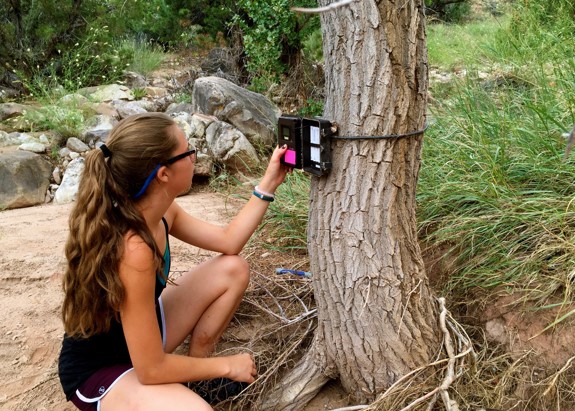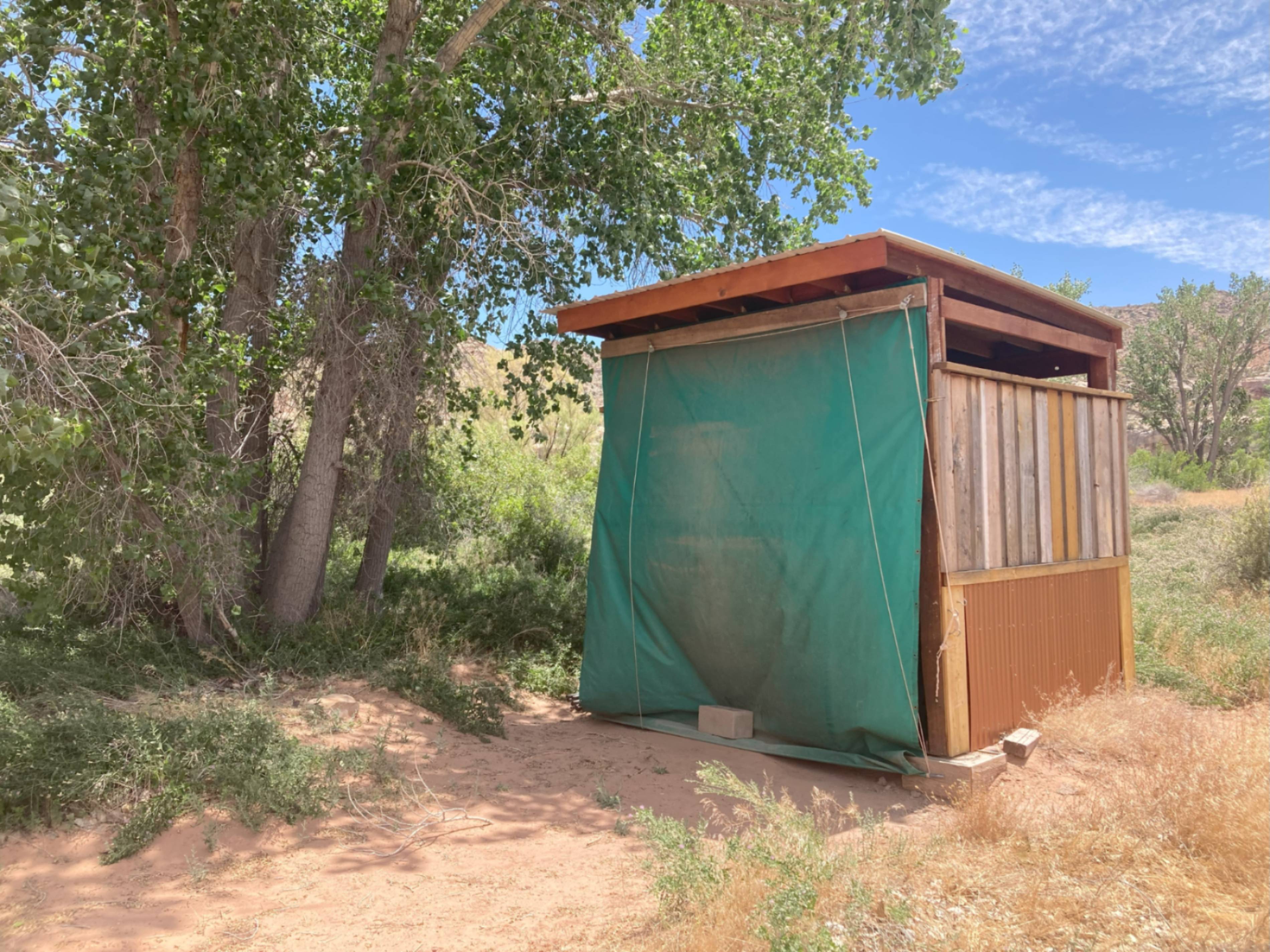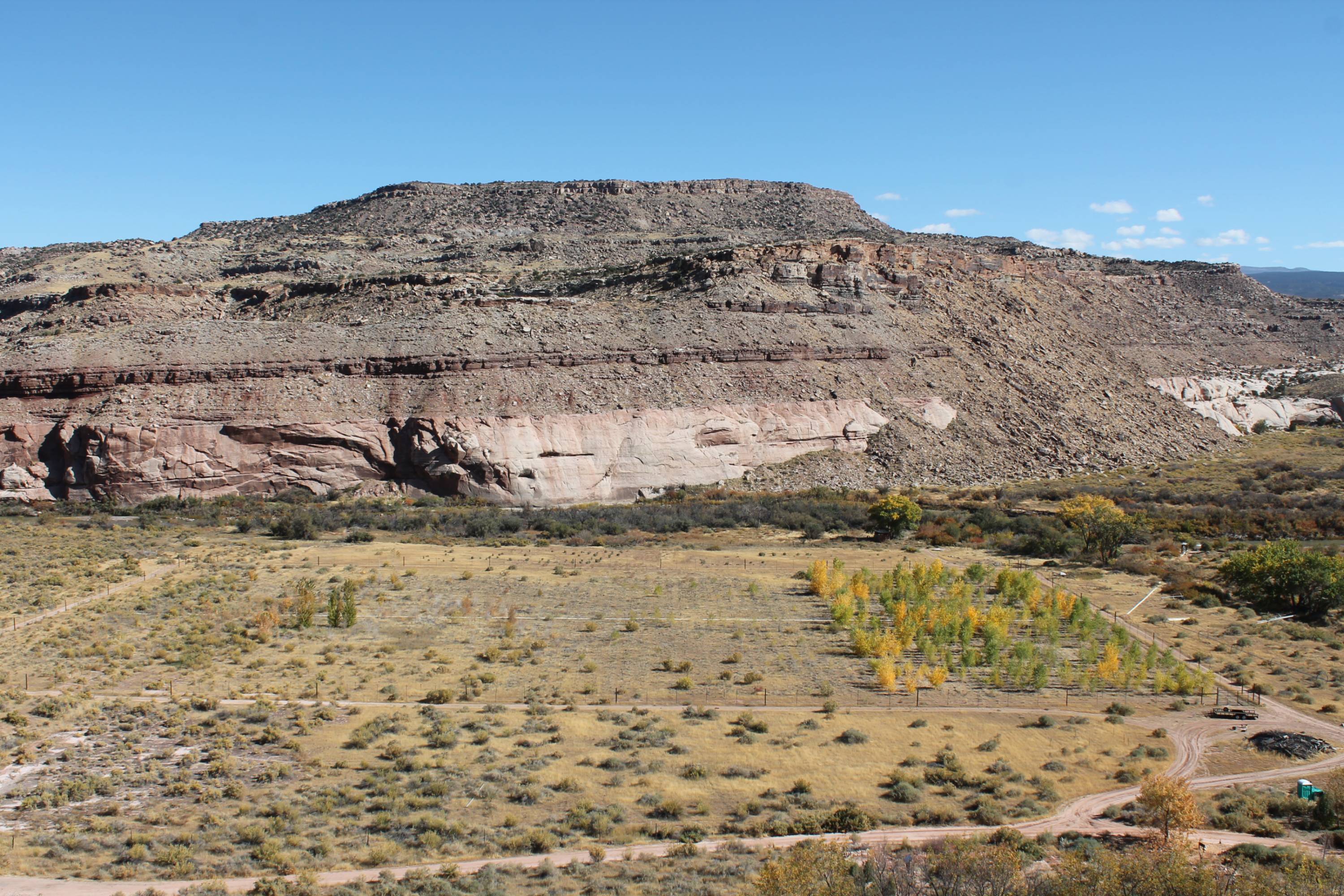Environmental Science
 |
 |
 |
 |
Bonderman Field Station offers a remote, outdoor laboratory for students and researchers to study environmental systems in arid lands. Environmental science at the station helps build our understanding of desert dynamics, informing landscape-wide conservation strategies on the Colorado Plateau. Topics are varied, spanning research in native and nonnative vegetation, soil science, wildlife biology, and stream ecology. Learn more about environmental science at the field station by checking out our list of current and past research projects below.
Project List
Wildlife Conservation through Camera Trapping - Cagan H. Sekercioglu Lab (University of Utah, Biology Department)
Monitoring Native Fish Species: Passive Interrogation Array (PIA) in the Dolores River at the University of Utah’s Bonderman Field Station at Rio Mesa - David Speas (Bureau of Reclamation) and Peter MacKinnon (Utah State University/BioMark)
Impacts of Climate Change and Exotic Species to Native Plant-Microbial Interactions - Kevin Grady, Karen Haubensak, Chris Updike (Northern Arizona University)
Are Female Trees and the Communities They Support at Greater Risk from Climate Change? Community Maladaptation in Four Riparian Tree Species - Kevin Grady and Chris Updike (Northern Arizona University)
Predicting the Importance of Seed Source When Restoring Plants with Differing Life History Traits - Magdalena Eshleman and Andrea Kramer, Chicago Botanic Garden & Northwestern University
Applied Nucleation as a Restoration Strategy Across Sagebrush Sites Degraded by Cheatgrass Invasion- Kevin Grady, Karen Haubensak, Catherine Gehring, Chris Updike (Northern Arizona University)
Developing Pollinator-Dependent Plant Materials For Use In A Growing Restoration Economy - Kevin Grady, Karen Haubensak, Claire Aslan, Chris Updike, Zach Ventrella (Northern Arizona University)
Sporobolus airoides Selection in Response to Acroptilon repens Invasion - Nora Talkington and Andrea Kramer, Chicago Botanic Garden & Northwestern University
Integrating Science, Environmental Education, Public Outreach, Conservation, and Capacity-Building through Hands-On Bird Ecology Research at Bonderman Field Station at Rio Mesa - Cagan H. Sekercioglu Lab, Department of Biology, University of Utah. (summary PDF)
The Physiological Genomics and Microbiome of Diet Switching in Mammalian Herbivores- Denise Dearing Lab (Department of Biology, University of Utah)
Using Rana Technology to Evaluate Seeds of Success Target Plants for Pollinator Support- Bruce Pavlik (Red Butte Garden, University of Utah)
Monitoring the Effects of Restoration on Riparian Birds Along the Dolores River- Matthew McLaren (Bird Conservancy of the Rockies)
In-situ Measurement of Modern Soil Conditions as a Basis for Understanding a Rio Mesa Soil Carbonate Paleorecord- Tyler Huth and Thure Cerling (Department of Geology and Geophysics, University of Utah)
Biocrust Common Garden for Reciprocal Transplant Studies- Anita Antoninka, Matt Bowker (Northern Arizona University)
Investigating River Terraces Along the Dolores River in and around Bonderman Field Station at Rio Mesa- David Marchetti (Western State Colorado University)
Microclimate and the Hydrologic Fate of Soil Moisture in the Colorado Plateau- Stephen Good, (Department of Geology and Geophysics, University of Utah)
Ecological study to trace origins of dust using biological markers - Jim Ehleringer. Department of Biology, University of Utah. (summary PDF)
Community and ecosystem ecology of two species of harvester ants - Donald Feener. Department of Biology, University of Utah. (summary PDF)
Tending the Utah Bottoms: exploring human-ecosystem interactions - Josh Trammell, Department of Anthropology. University of Utah. (summary PDF)
Impacts of Saltcedar Beetle on Tamarisk Transpiration
Remote-sensing of saltcedar beetle activity along the Colorado and Dolores Rivers (PDF) - Philip Dennison, Pamela Nagler, Kevin Hultine, Edward Glenn, James Ehleringer
Ecohydrological consequences of non-native riparian vegetation in the southwestern United States: A review from an ecophysiological perspective (PDF) - K. R. Hultine and S. E. Bush
Water use by non-native tamarisk and native greasewood (Sarcobates)
Susanna Pearlstein, University of Arizona. (summary PDF)
Ongoing Data Collection
Water flow and quality of the Dolores River
Assembling biological collections for teaching and research
- Plant collections
- Insect Collections
- Small Mammal Collections
